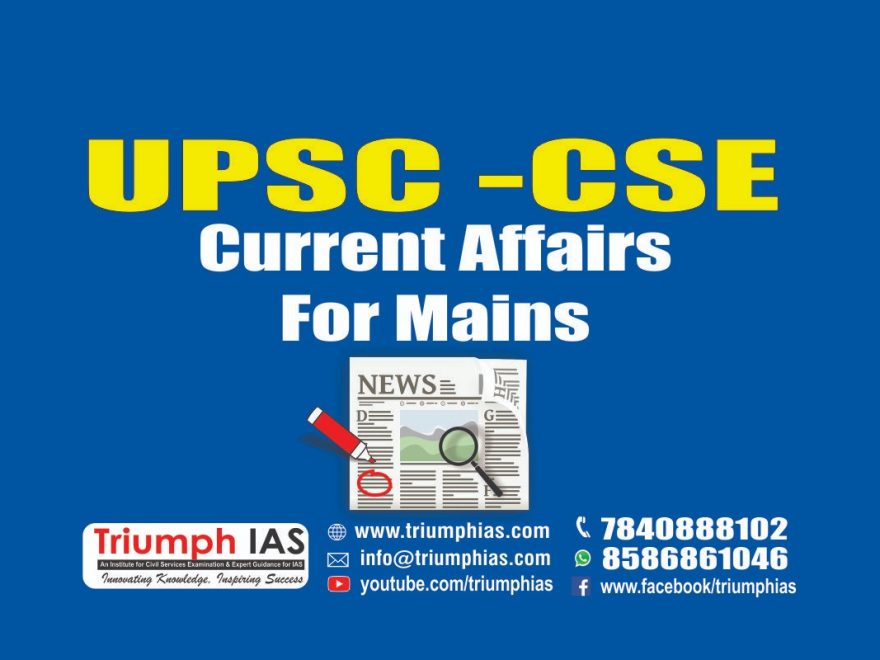Challenges ahead for India in International Organisation interference
Context:
- The improvement in India’s ties with the Gulf countries is often cited as a major success of the present government.
• Prime Minister Narendra Modi’s focus on relations with the Kingdom of Saudi Arabia (KSA) and the United Arab Emirates (UAE), which he has visited more than once in his tenure, and his personal ties with their most powerful royals, has yielded accolades and promises of investment.
Background:
- In March 2019 External Affairs Minister Sushma Swaraj addressing the 57-member Organisation of Islamic Cooperation (OIC) in Abu Dhabi, a breakthrough for India.
• The government’s outreach to the grouping was seen as a way of strengthening ties with the “Muslim world” including West Asian countries where more than six million Indians live and work.
• In June, the OIC appointed a “special envoy” on Jammu and Kashmir, and subsequently issued several strongly worded statements on the government’s decision to amend Article 370 of the Constitution, the Supreme Court verdict on the Ayodhya dispute and the Citizenship (Amendment) Act, 2019, or the CAA.
Present situation:
- Last week, according to Pakistani officials, the OIC decided to convene a special meeting in Islamabad in 2020 to discuss the Kashmir issue and the repercussions of the CAA, after discussions the Saudi Foreign Minister had in Islamabad.
• It should be clear to the government that the engagement with the grouping this year was a miscalculation.
• In any case, the basis of the OIC is a unity between theocratic Muslim states, an idea that India, as a secular country with a large Muslim population has never been aligned with.
• At all costs, attempts by the OIC to make statements and arrogate to itself the well-being of India’s Muslims must be rebuffed as gross interference.
Way ahead:
- However, New Delhi must note that the OIC’s recent statements also stem from a broader tussle within the grouping that has become a concern for traditional leaders, the KSA and the UAE.
• The challenge comes chiefly from Malaysia, where Prime Minister Mahathir Mohamad has revived his plans for a “reformed” OIC, and has enlisted other challengers to the Riyadh-Abu Dhabi domination of the pan-Islamic movement including Iran, Turkey and Qatar.
• The OIC’s criticism of India is a clear attempt at reaffirming its leadership of the movement.
Conclusion:
- New Delhi must strengthen ties with its strategic partners in the region on both sides of the divide without taking sides or becoming collateral damage in the internecine warfare between them.
• But it must also be wary of groupings with nothing in common other than a religious world view.
Role of PPP model towards achieving 5 trillion economy
Context:
- The government is placing its bets on rapid infrastructure development to achieve India’s $5 trillion economy goal by 2024-25.
• Finance minister Nirmala Sitharaman unveiled a big ₹1.02 trillion infrastructure spending plan for the next five years.
• Under it, the Centre and states would each shoulder 39% of the investment burden, while the private sector would bear the rest.
Various challenges faced by the government:
- An asset-liability mismatch is risky.
• The public-private partnership finance model has sought to provide a more workable solution, although its success too has been chequered, at best.
• Land acquisition delays, weak enforcement of contracts and sundry difficulties in the conduct of business in India have also served to dissuade private participation.
• The scope of the challenge on hand can be gauged from India’s recent record in pushing infrastructure development.
• India managed to spend only ₹51,000 crore on it over the past six years.
• To double that figure in one less year would require major moves to ease the path. Until then, the plan could be greeted with cautious optimism. Given the resolve, it could be achieved.
Conclusion:
- The public-private partnership finance model has sought to provide a more workable solution, although its success too has been chequered at best.

